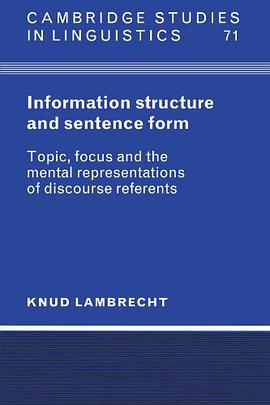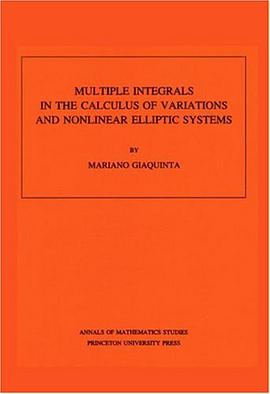

Why do speakers of all languages use different grammatical structures under different communicative circumstances to express the same idea? Professor Lambrecht explores the relationship between the structure of the sentence and the linguistic and extra-linguistic context in which it is used. His analysis is based on the observation that the structure of a sentence reflects a speaker's assumption about the hearer's state of knowledge and consciousness at the time of the utterance. This relationship between speaker assumptions and formal sentence structure is governed by rules and conventions of grammar, in a component called 'information structure'. Four independent but interrelated categories are analysed: presupposition and assertion, identifiability and activation, topic, and focus.
具體描述
讀後感
評分
評分
評分
評分
用戶評價
相關圖書
本站所有內容均為互聯網搜索引擎提供的公開搜索信息,本站不存儲任何數據與內容,任何內容與數據均與本站無關,如有需要請聯繫相關搜索引擎包括但不限於百度,google,bing,sogou 等
© 2025 qciss.net All Rights Reserved. 小哈圖書下載中心 版权所有




















